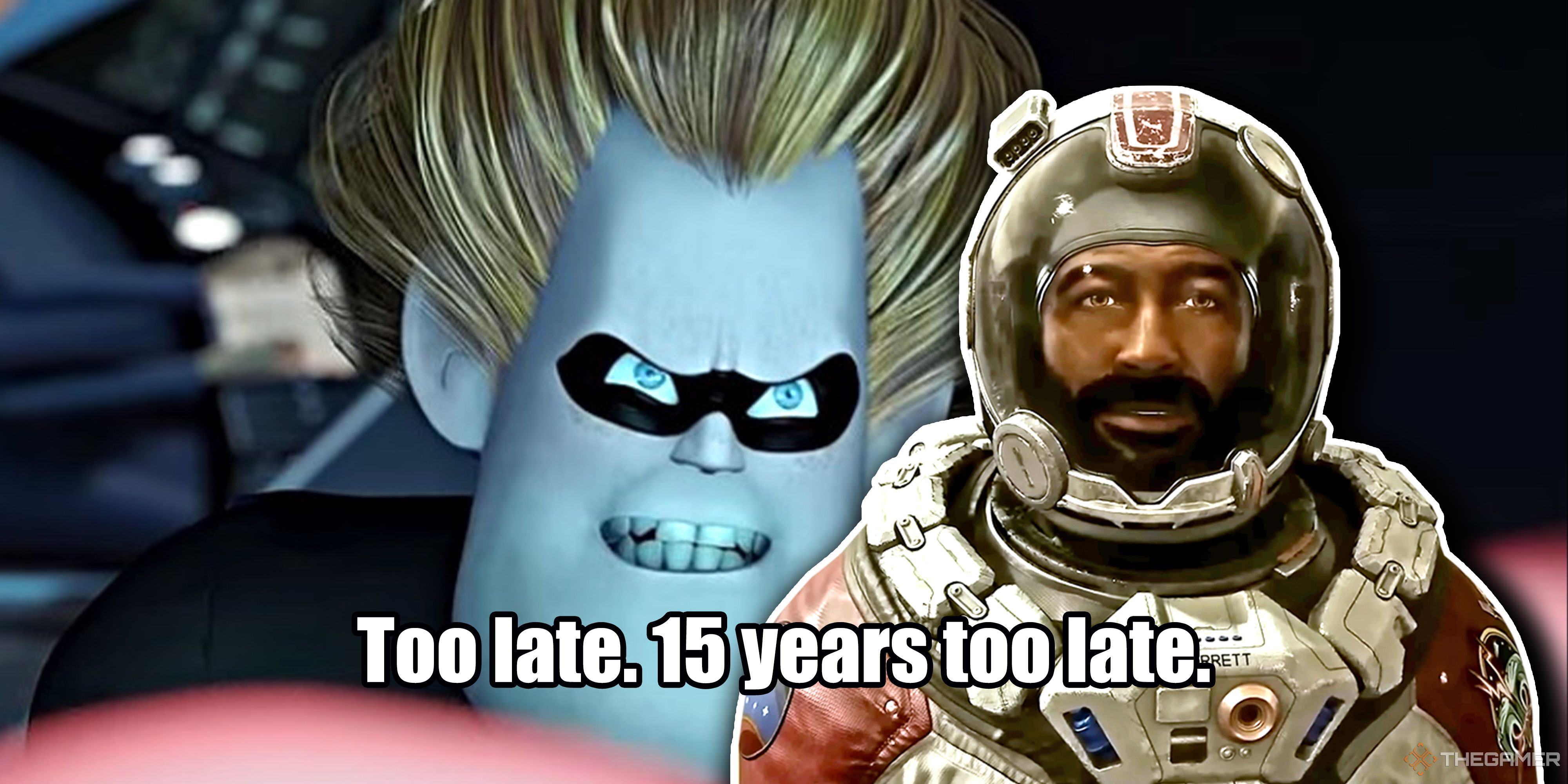Tech
Starfield’s Updates Are Way Too Little, Way Too Late

Highlights
- Starfield’s marketing failure led to unrealistic player expectations, resulting in disappointment and lackluster gameplay.
- Bethesda must follow CDPR’s example by refining core gameplay to redeem Starfield’s lackluster reception.
- Despite potential, Starfield’s exploration and gameplay mechanics are major flaws that need substantial improvement.
It will surprise absolutely nobody to hear that I didn’t like Starfield. I didn’t have high expectations for it, since the only Bethesda game I’ve ever truly loved was 2011’s Skyrim, and yet I was still disappointed. Starfield was a masterclass in how not to market a game – a lack of clarity and transparency around the story and mechanics led to an out-of-control hype cycle. That spiralled into players having completely unrealistic expectations, expecting the space game of the decade, and then getting a big load of nothing instead.
Not everybody dislikes it as much as I do. My colleague Ben Sledge, who reviewed the game, has quite a lot of fondness for it, commending Bethesda’s growth in storytelling and character development. But the whole thing just left an awful taste in my mouth, which is why I abandoned it 20 hours in and deleted it from my Xbox entirely. I have no intention of ever going back, and despite actually liking the game, neither does Ben.
Bethesda Needs To Pull A Cyberpunk 2077
When I think about Starfield’s blunders, I can’t help but compare it to the other huge bag fumble of the decade, CD Projekt Red’sCyberpunk 2077. While the core game had a lot to offer, players were furious about missing features and cried false advertising. The game also infamously launched with so many bugs that it had to be pulled from the PlayStation Store for half a year while CDPR fixed it, before returning but only for the current-gen, not the last gen it was advertised for.
With the release of last year’s Phantom Liberty expansion alongside a free update that revamped some game mechanics, CD Projekt Red successfully capped off a three year journey to redeem itself. Phantom Liberty was praised by critics and players alike, and Cyberpunk 2077 now feels like the game it was always meant to be.
CDPR put in a lot of work over those three years, making constant changes, overhauls, and additions to the game it originally released. Thousands of things were changed, which makes it a sort of Ship of Theseus – the core concept remains untouched, but its execution has been heavily refined. If Bethesda wants Starfield to have the same kind of redemption arc after its lacklustre reception, it has to do the same thing.
The Problem With Starfield
In his article, Ben went through the changes Bethesda has made to Starfield and how they don’t fix its major problems, so I won’t be recapping that in detail. What you need to know is that the update isn’t fixing what’s really wrong with the game – its boring and extraneous planets, the menial space travel mechanics, and plenty more. Instead, the update just adds maps, map markers, new gameplay options, ship customisation, New Game Plus features, quality of life improvements, and display settings. There’s also the Shattered Space expansion on the way, but that’s not appealing because the core gameplay hasn’t been fixed.
What Bethesda should be focusing on is refining the core gameplay the way CDPR did with Cyberpunk 2077. Its major flaw lies in that exploration, which should have been a core selling point of the game, sucks. The story is fine on paper, but actually getting through the main quest can be a slog because the gameplay just isn’t very fun. Those temples you have to explore to progress the main storyline are awful.
Phantom Liberty came after years of work on the gameplay mechanics, because at that point, people actually wanted more. I can’t imagine anybody but the most hardcore of Starfield players are that interested in continuing their journey through space, because the main issues haven’t changed. But Bethesda sold costly premium editions of Starfield on the promise that players would have access to the expansion, which studios really shouldn’t do and players really shouldn’t fall for. It has to fulfil that foolishly made promise to its players, and chose to do that instead of making substantial updates to the game.
Promises can be broken – Phantom Liberty was delayed significantly and CDPR’s original multi-expansion plan was concentrated into the single add-on that arrived in 2023.
There’s Still Hope For Starfield, But Bethesda Could Squander It
There’s still a lot of player goodwill for Bethesda, in spite of its many flubs over the decade. Fallout is back in the public consciousness because of Prime’s excellent television adaptation of the series, and people are hopeful for the future of Bethesda games. Of course, Bethesda did immediately lose some of that goodwill with a bad Fallout 4 update, and players returning to the Fallout games are now remembering all the terrible things about them, while somehow finding new things to be frustrated about.
Starfield won’t be the first time Bethesda had to do a large-scale overhaul of a game, but considering that so many of its games remain deeply flawed even years after release, I’m not optimistic that the studio will do a great job. Bethesda needs to go far deeper than it ever has before – perhaps with the exception of Fallout 76 – and it probably won’t be as comprehensive as it needs to be. That’s a shame, because Starfield has a lot of potential. I hate to see it wasted.
Starfield
Starfield is the first new IP from Bethesda in a quarter of a century, launched for the next-gen Xbox Series X|S and PC. Taking place outside our own Solar System, you play a member of the Constellation, a collective of explorers set on discovering new worlds.










